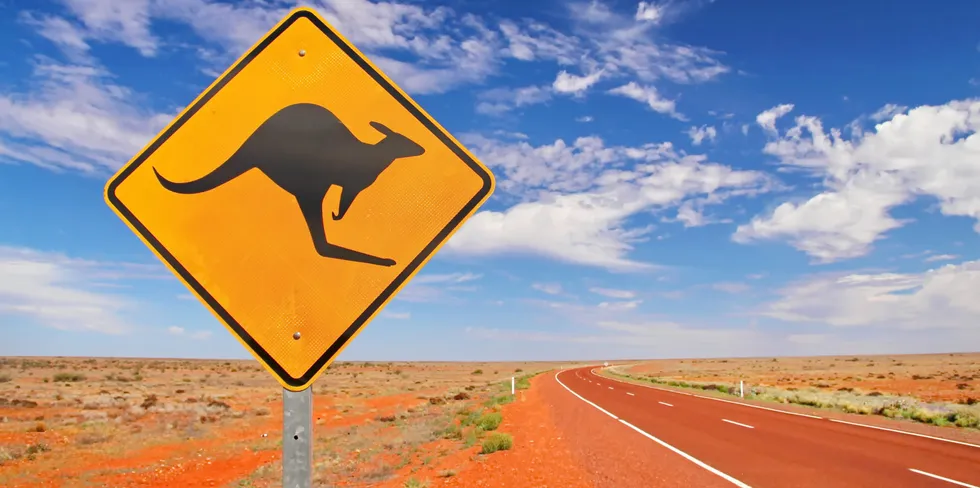Another Aussie green hydrogen hub in the works as Total Eren eyes 1GW Darwin project
Northern Territory government touts potential for export of H2 and derivatives to Asia, powered by 2GW of solar

Northern Territory government touts potential for export of H2 and derivatives to Asia, powered by 2GW of solar
